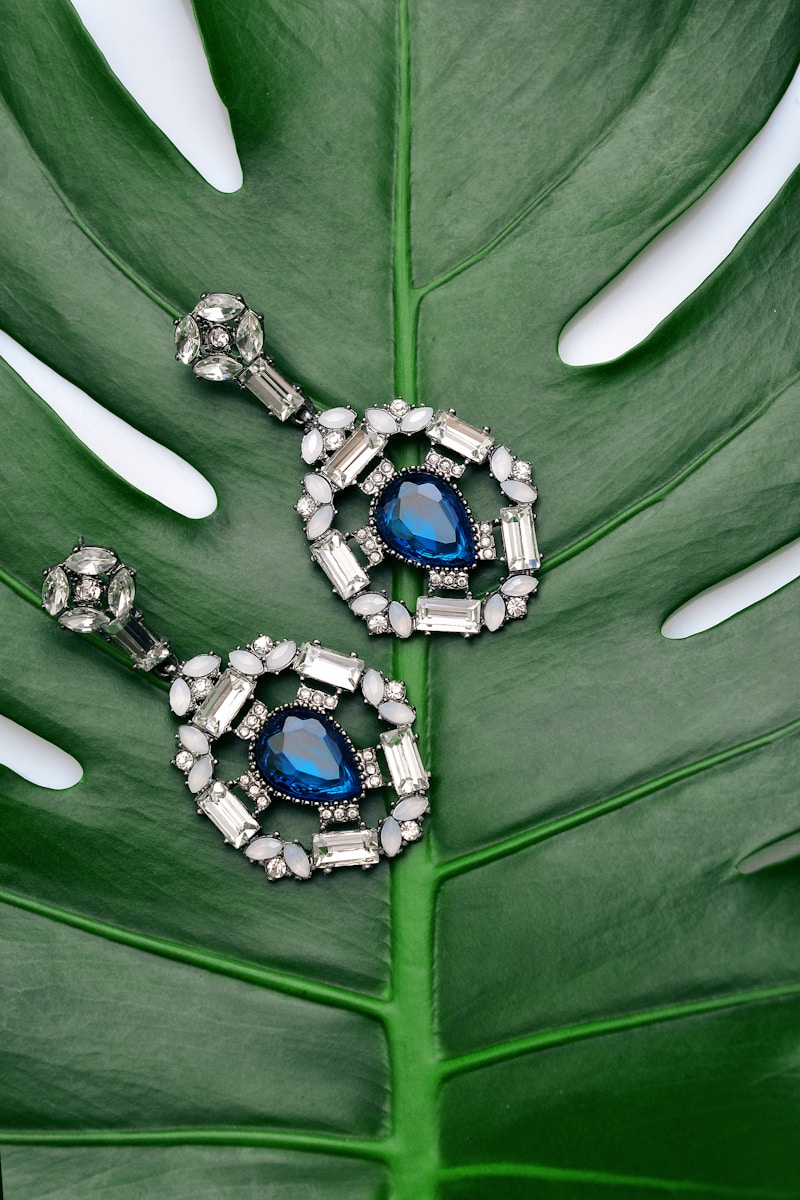Mastering the Craft: A Deep Dive into Artisan Wedding Jewelry Craftsmanship
Understanding Artisan Wedding Jewelry Craftsmanship
Artisan wedding jewelry craftsmanship is a meticulous art form that combines traditional techniques with innovative designs to create unique pieces for one of the most significant occasions in a person’s life—marriage. This article explores the essence of artisan wedding jewelry, including its history, techniques, and the reasons why couples opt for handcrafted pieces.
The History of Artisan Wedding Jewelry
Artisan jewelry has roots that stretch back millennia, originating from the earliest civilizations where jewelers crafted gifts for royalty or spiritual leaders. Handcrafted jewelry tells a story, preserving the culture and art of different regions. Today's artisan wedding jewelry continues this tradition, reflecting personal narratives through unique designs that mass-produced pieces simply cannot match.
Why Choose Artisan Wedding Jewelry?
Many couples are opting for artisan wedding jewelry due to its unique appeal and customizable options. Here are several reasons why artisan craftsmanship is becoming increasingly popular:
| Uniqueness | Every piece is a work of art, often created with a specific vision or theme in mind. |
| Quality | Artisan jewelry is often made from higher-quality materials, ensuring durability and lasting beauty. |
| Ethical Sourcing | Many artisans prioritize ethical sourcing of materials, appealing to environmentally conscious consumers. |
| Personalization | Couples can customize designs to include meaningful elements, such as engravings or unique gemstones. |
Craftsmanship Techniques
Artisan wedding jewelry is characterized by a wide range of techniques, each highlighting the skill and artistry of the jeweler. Some popular techniques include:
1. Hand Forging
This technique involves manually hammering metal into shape. It allows for incredible detail and texture, giving each piece a rustic and organic feel.
2. Stone Setting
Setting stones by hand ensures that each gemstone is placed with precision. Artisans often incorporate unique stones that may have personal significance to the couple.
3. Enameling
Enameling is a process that involves fusing glass to metal. This technique adds color and design elements that can transform a simple band into a breathtaking piece of art.
4. Lost Wax Casting
In this method, artisans create a wax model of the jewelry, which is then coated in a ceramic material. The wax is melted away, leaving a cavity that is filled with molten metal, producing intricate designs.
Materials Used in Artisan Wedding Jewelry
Artisans often work with a range of materials, with each offering its own unique properties and aesthetic:
- Gold: Available in yellow, white, and rose variations, gold is a classic choice for wedding bands.
- Platinum: Known for its durability and resistance to tarnishing, platinum is ideal for fine jewelry.
- Gemstones: From diamonds to sapphires, many artisans offer a curated selection of ethically sourced stones.
- Alternative Materials: Some artisans incorporate non-traditional materials such as wood, ceramics, or recycled metals, appealing to eco-conscious consumers.
How to Choose the Right Artisan
Choosing the right artisan is crucial to ensure your wedding jewelry meets your expectations. Here are some tips:
- Research: Look for artisans with good reviews and a strong portfolio of previous work.
- Consultation: Schedule a consultation to discuss your ideas and gauge the artisan's understanding of your vision.
- Budget: Be upfront about your budget. Many artisans offer a range of options to accommodate different price points.
- Timing: Artisan jewelry may take longer to produce than mass-produced items. Ensure you allow enough time for the creation and adjustments.
Frequently Asked Questions (FAQs)
To further assist those considering artisan wedding jewelry, we answer some common questions:
What makes artisan jewelry different from mass-produced items?
Artisan jewelry is handcrafted, ensuring that each piece is unique and often made to order. Mass-produced jewelry lacks this personal touch and quality.
Is artisan jewelry more expensive than traditional jewelry?
While artisan pieces can be more expensive due to the craftsmanship involved, many couples find the uniqueness and quality worth the investment.
How long does it typically take to create artisan wedding jewelry?
The timeframe can vary significantly based on the complexity of the design. Generally, it can take several weeks to a few months to complete a piece.

Conclusion: Celebrating Love with Artisan Wedding Jewelry
Artisan wedding jewelry craftsmanship is not just about adornment; it's a celebration of love, individuality, and artistry. Choosing handcrafted pieces allows couples to tell their unique stories and create a lasting legacy that resonates with personal significance. As you embark on this memorable journey, remember these considerations: invest time in selecting the right artisan, communicate your vision clearly, and cherish the process of crafting your one-of-a-kind symbol of love. Artisan jewelry is indeed a beautiful representation of commitment, ensuring that your love story shines brightly for years to come.
By understanding the craftsmanship involved and the reasons to choose artisan pieces, couples can make informed decisions that reflect their personal style and values. Artisan wedding jewelry is not just an accessory; it’s a timeless treasure that carries the essence of love and artistry, beautifully encapsulating one of the most memorable moments in life.